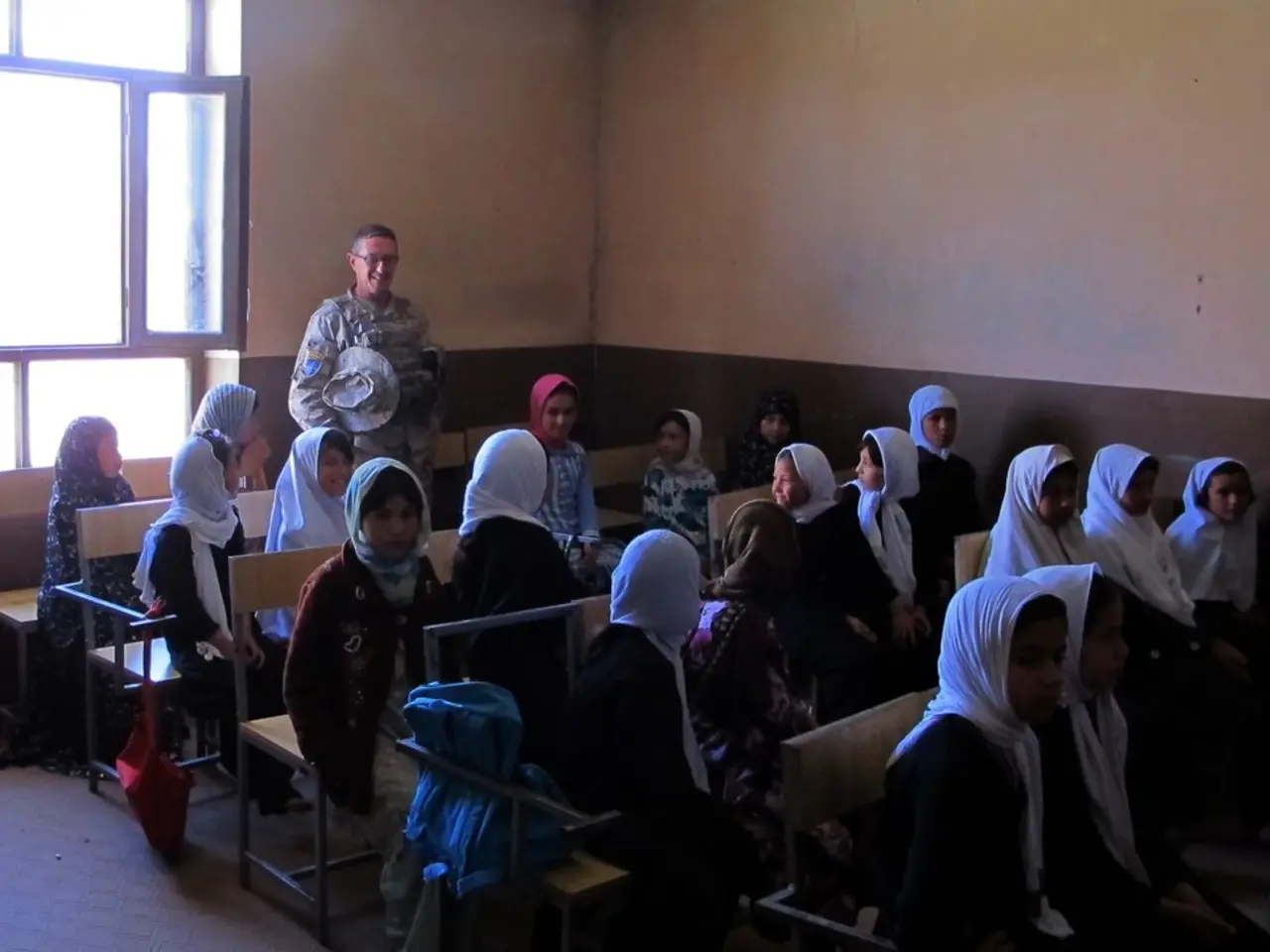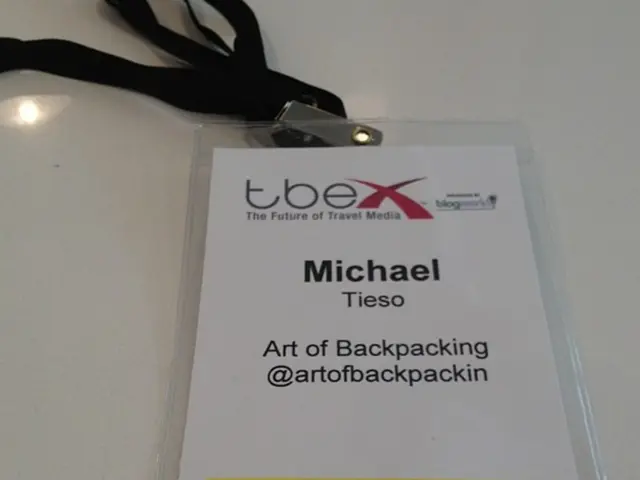Methods for Incorporating Service Learning in Educational Spheres
## Transforming Education Through Service Learning Integration
Service learning, a pedagogical approach that combines academic curriculum with meaningful community service, is gaining traction in educational institutions worldwide. By integrating experiential learning, reflection, and civic engagement, service learning offers a unique and impactful way to educate students, benefit educators, and uplift communities.
### For Students
Service learning provides a platform for students to apply their classroom knowledge to real-world problems, enhancing their understanding and retention of academic concepts. Beyond this, participation in service-learning projects fosters a variety of skills, including technical competencies such as planning, management, and execution, as well as soft skills like teamwork, communication, leadership, and problem-solving [1].
Engaging with community issues cultivates empathy, cultural awareness, and a sense of civic duty among students, who often report greater enthusiasm for learning when they see the real-world impact of their work [1]. This approach also helps students develop a sense of social responsibility and altruism, as reflective practices help them connect their experiences to broader social issues [1][3].
Service learning has been shown to increase student motivation, engagement, and career readiness, as hands-on projects bridge academic knowledge with industry practices, especially in fields requiring direct community engagement [1]. Students often emerge from service learning experiences more tolerant, compassionate, and confident, with improved self-esteem and interpersonal skills [3]. Research also indicates a marginal increase in grade point averages and stronger critical thinking among students engaged in service learning [3].
### For Educators
Service learning offers educators opportunities to develop dynamic, student-centered curricula that connect theory with practice. Facilitating service learning encourages teachers to collaborate with community partners, stay current with real-world challenges, and adapt pedagogical strategies to diverse student needs [2].
The reflective components of service learning provide educators with opportunities to critically assess their teaching methods and student outcomes, fostering continuous improvement. Service learning also increases student engagement, leading to more motivated and participatory students, which can result in more rewarding teaching experiences and improved classroom dynamics [2].
### For Communities
Service-learning projects directly tackle community-identified issues, providing valuable resources, services, and solutions that might otherwise be unavailable. Collaboration between educational institutions and community organizations strengthens social networks, fosters mutual understanding, and encourages long-term civic engagement [3].
Community organizations gain access to student energy, creativity, and skills, enhancing their capacity to achieve organizational goals [3]. Service learning also helps instill cooperation, tolerance, and compassion within the broader society, supporting harmonious and inclusive communities [4].
### A Win-Win Approach
Service learning integration in education offers a powerful, multi-dimensional approach to learning that benefits students, educators, and communities alike. It transforms education into an active, collaborative, and socially responsible endeavor, preparing students for both academic success and lifelong civic participation [1][3].
The future of Service Learning Integration includes the use of digital tools, interdisciplinary approaches, and a focus on sustainable practices. Service Learning Integration centers around key principles such as reciprocity and mutual benefit, reflection as a learning tool, and active participation in meaningful community issues.
| Stakeholder | Key Benefits | |----------------|-------------------------------------------------------------------| | Students | Academic enrichment, skill development, civic engagement, personal growth, career readiness | | Educators | Innovative teaching, professional growth, increased engagement, reflective practice | | Communities | Needs addressed, partnerships built, capacity enhanced, social values promoted |
[1] Association of College and University Educators. (2018). Service Learning: A Guide for Faculty. [2] Carnegie Foundation for the Advancement of Teaching. (2006). Educating for Democracy: Preparing Undergraduates for Responsible and Engaged Citizenship. [3] National Service-Learning Clearinghouse. (2008). Service Learning in Action: What Works in Service Learning and How We Know. [4] National Service-Learning Partnership. (2010). Service Learning: A Key to Achieving the Goals of the 21st Century Skills Initiative.
- For continuous professional development, educators can explore e-learning resources focused on service learning integration, allowing them to adapt their teaching methods and pedagogical strategies to enhance student learning experiences.
- By embracing education-and-self-development opportunities like service learning and learning through reflection, students can foster personal-growth, combining technical competencies with soft skills to excel in their career-development and project management pursuits.
- Service learning not only provides students with an e-learning platform to engage with real-world issues, but it also supports communities by addressing specific needs, promoting social values, and providing valuable resources, ultimately contributing to mutual growth, learning, and personal development.




